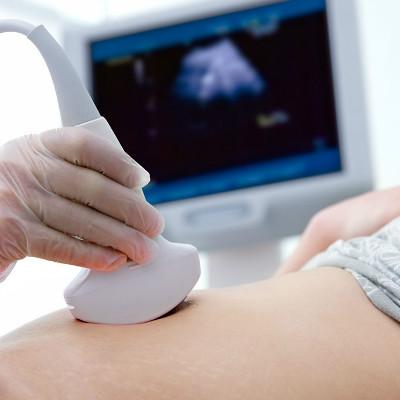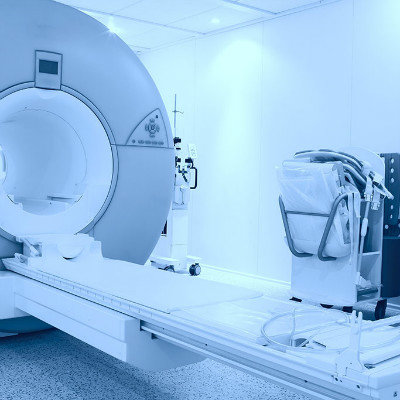How is cholesteatoma terminal?
summary
Although cholesteatoma has the name of "tumor", it is not a real tumor. It is a cystic structure formed by keratinized squamous epithelium in the middle ear, with white exfoliated epithelium in the middle. Next, I'll share with you about the advanced stage of cholesteatoma?. Hope to help you.
How is cholesteatoma terminal?
First, the occurrence of cholesteatoma is complex, which can be congenital or acquired. Congenital is more common in children or adolescents, hearing loss, with infection can have ear pus. Acquired cholesteatoma, some patients had a history of secretory otitis media, although the symptoms of ear tightness improved later, but hearing did not recover, or even progressive decline, eardrum invagination, gradually forming cholesteatoma.
Second: when there are conscious symptoms, it is the same as chronic simple otitis media, with ear abscess and hearing loss, often accompanied by headache, ear pain and other symptoms. With the development of the disease, vertigo, facial paralysis and other intracranial and extracranial complications may occur. Although the symptoms are not the same, but physical examination and temporal bone CT often have more characteristic performance, experienced doctors can diagnose typical cholesteatoma only by physical examination or temporal bone CT.
Third, cholesteatoma should be treated as early as possible. The purpose of surgical treatment is to remove the focus completely; To improve and preserve the physiological shape and structure of the middle ear; Reconstruction of sound transmission structure, such as ossicular chain reconstruction, tympanic membrane repair; Prevention of complications.
matters needing attention
Cholesteatoma is easy to relapse. After operation, we must see the clinic regularly and clean up the scab in the operation cavity regularly. After surgery, we need to insist on dressing change in outpatient department. If it is a radical operation, a layer of epithelium needs to grow again in the operation cavity to achieve dry ear, so we also need regular dressing change in outpatient department. This process is also very important for the postoperative effect. Doctors are not afraid of the trouble of dressing change, and patients' friends are not afraid of the trouble. The time of dry ear is about three months.













